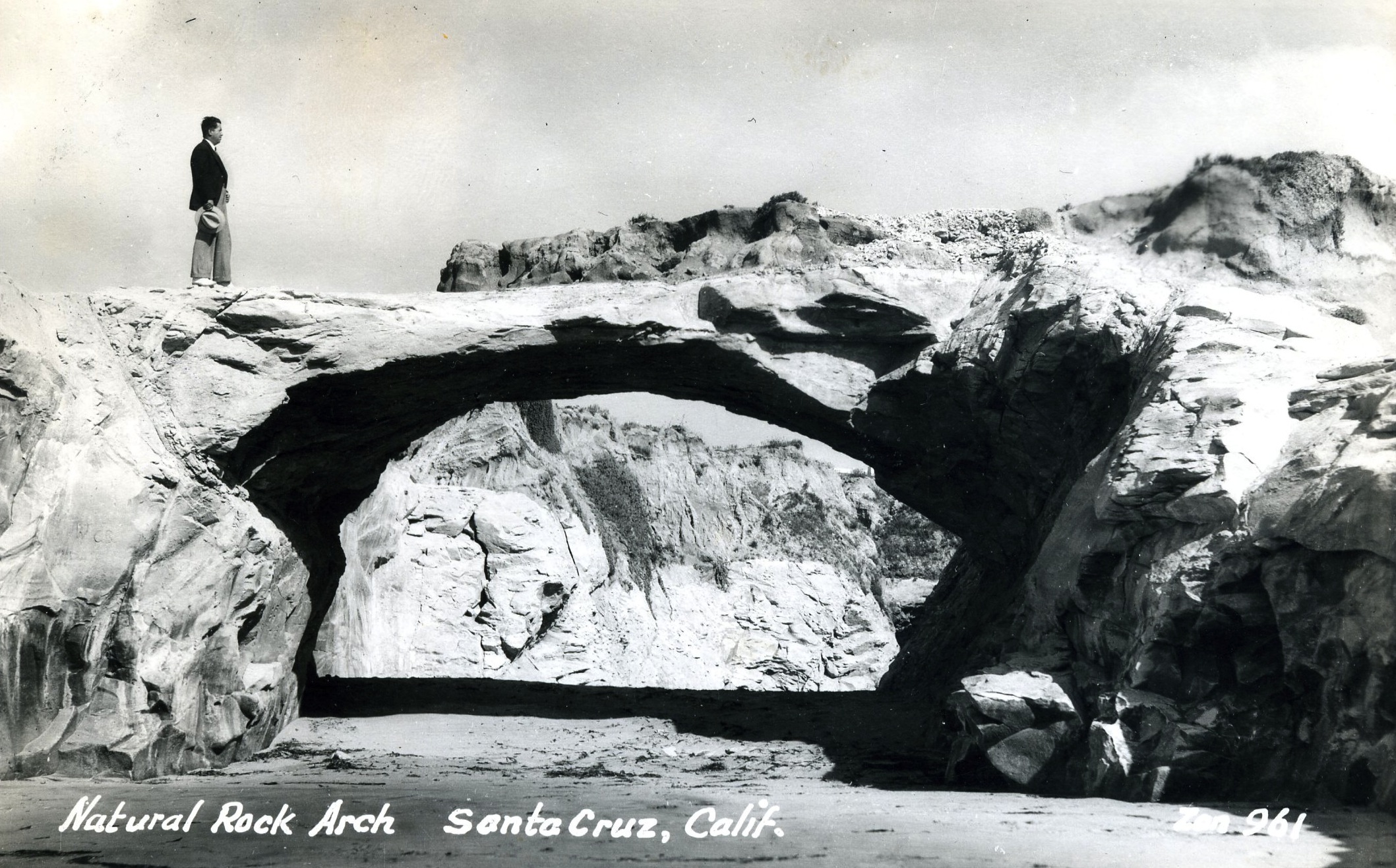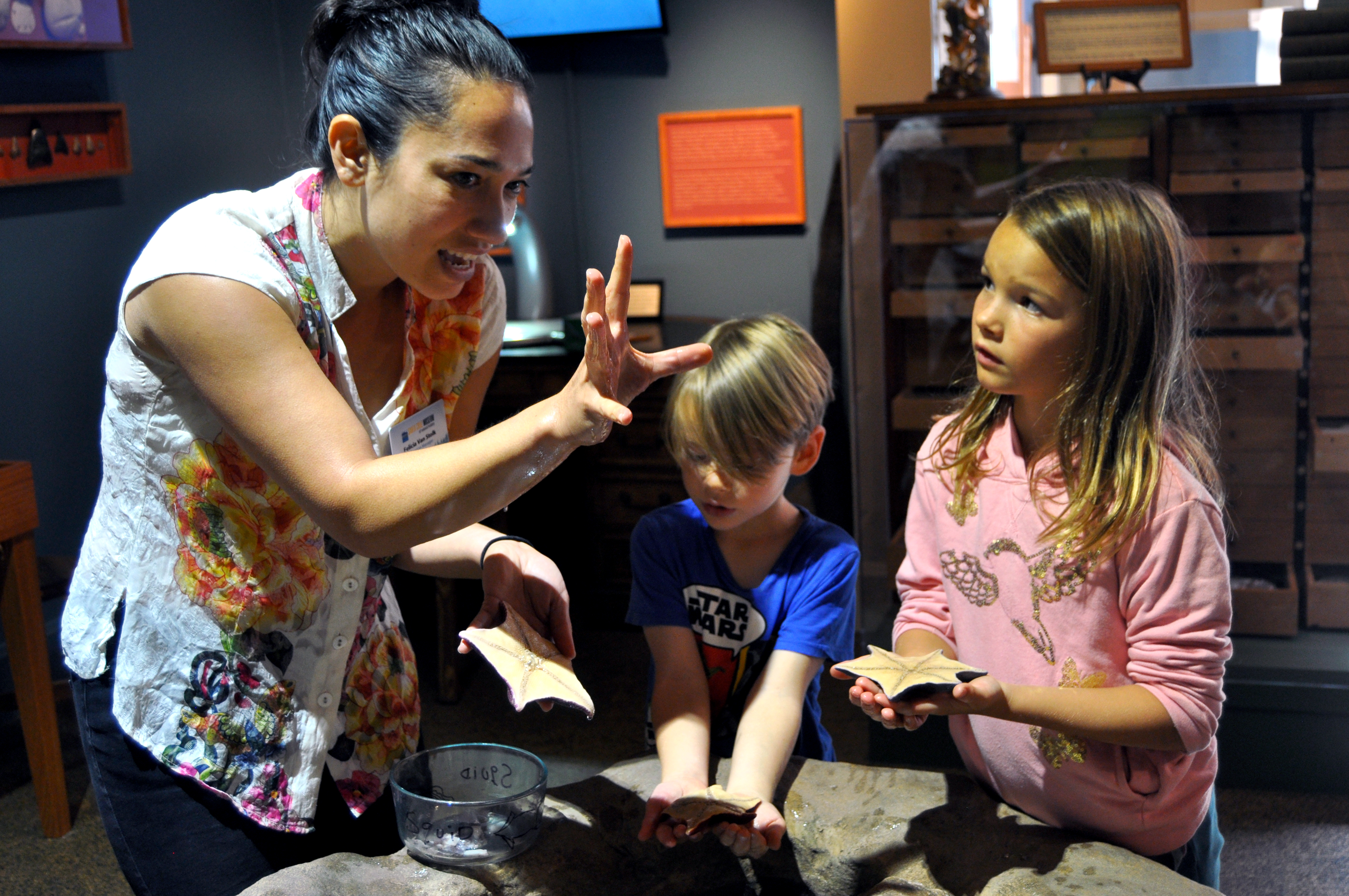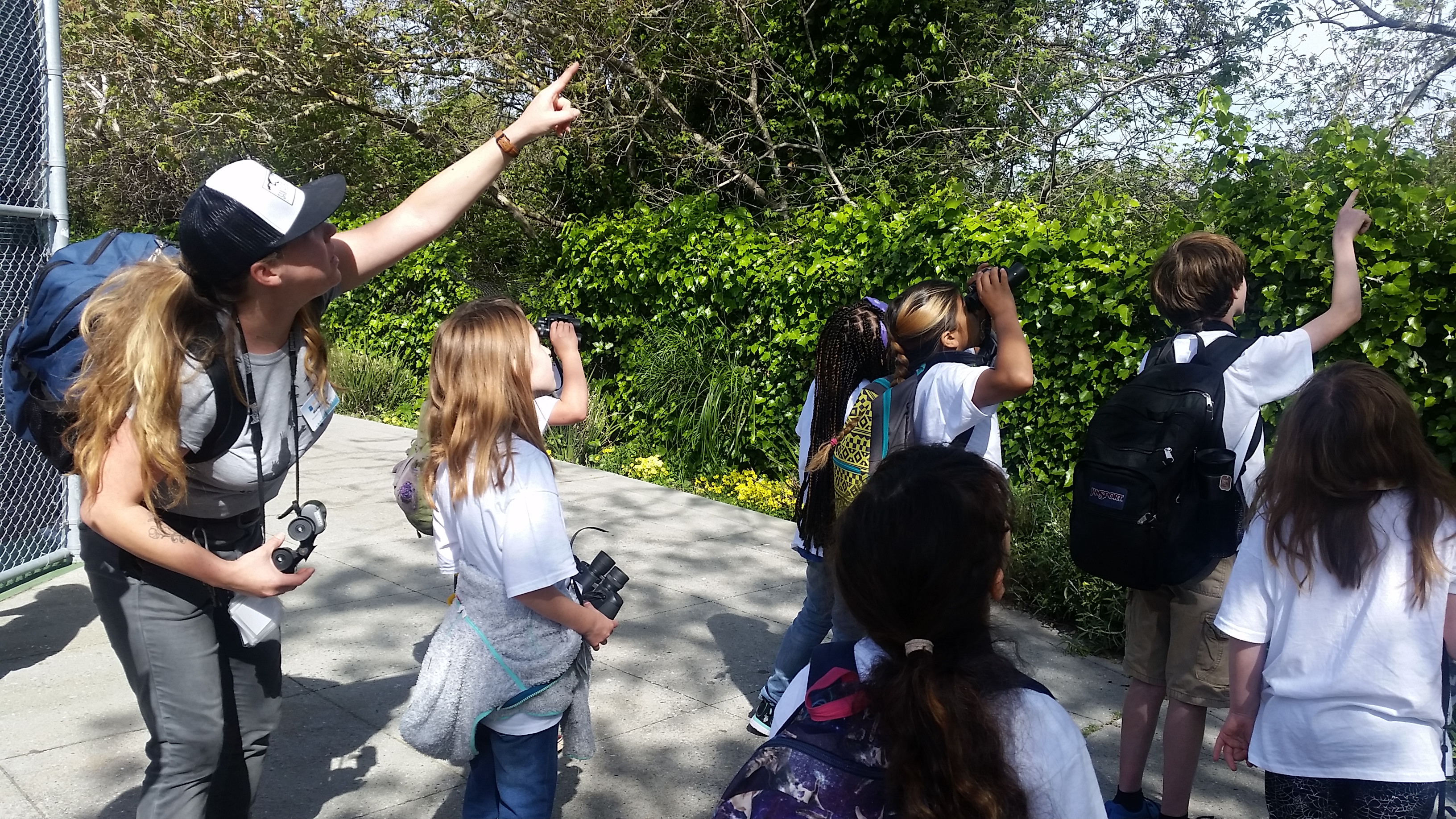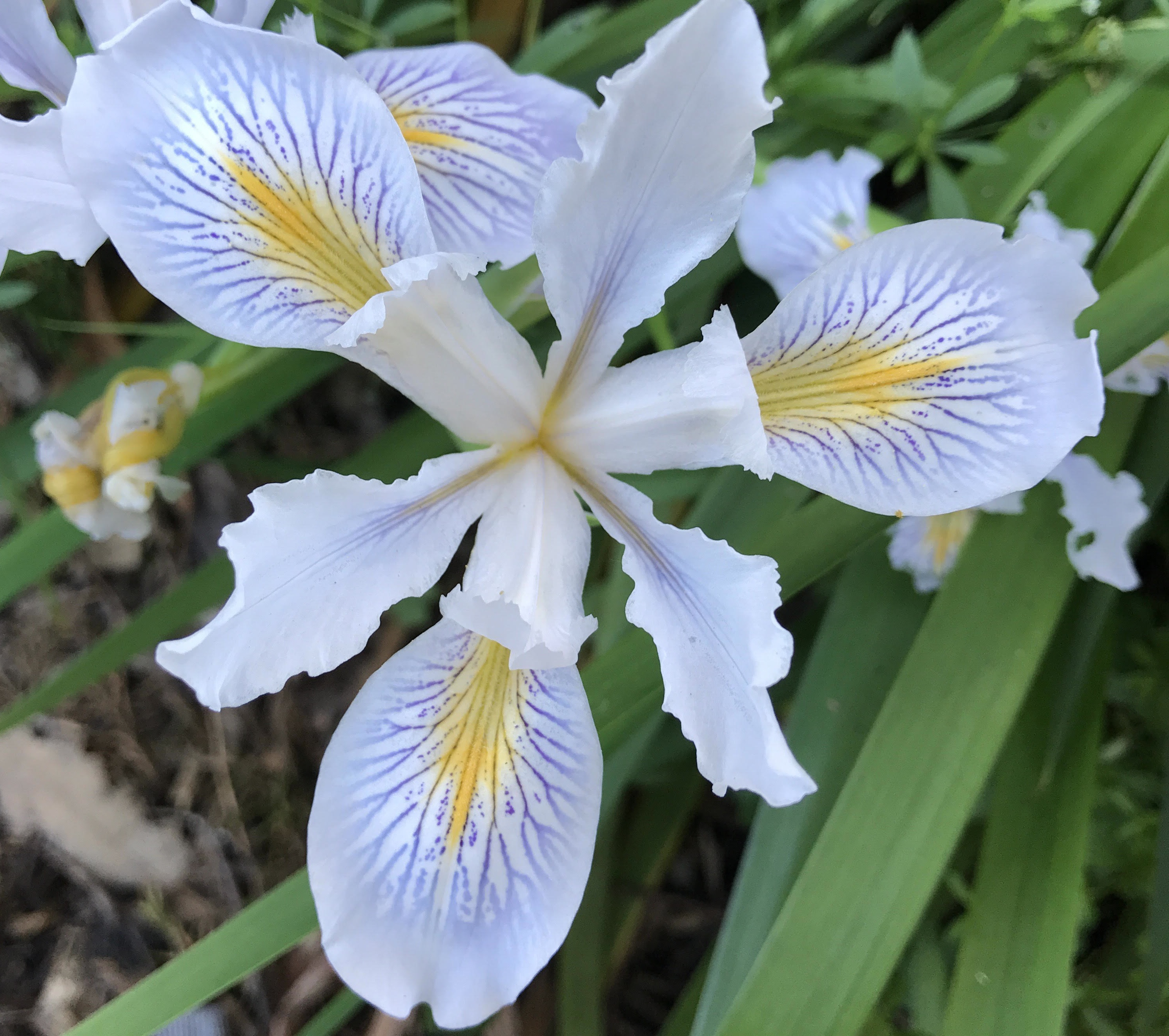2017 was a banner year for the Santa Cruz Museum of Natural History. We experienced nearly 20 percent growth in attendance and membership due to community support for our school and public programs, exhibits and special events.
As a fully independent nonprofit organization, we recently launched our Year-End Annual Appeal for general contributions, which make up about 15 percent of the Museum’s budget. Donating to the Museum is an investment in science literacy and future environmental stewardship that builds on the legacy of our founder Laura Hecox, whose birthday we will celebrate on January 27 with a full day of activities. More to come on that in coming weeks.
Meanwhile, we are working on several other exciting initiatives in the months ahead, including a new after-school program for our local Gault Elementary to provide outdoor STEM learning experiences, and plans to translate our exhibit and education materials into Spanish. We are also planning bilingual Investigation Station exhibits that promote critical thinking and encourage multi-generational audiences to interact with artifacts and real specimens.
The year ahead will feature exciting Rio Theatre speakers, a Summer Kick-Off Festival, children’s camps, and a host of fascinating Naturalist Night lectures. As you may have seen in front of the Museum, we also are expanding our native plant garden in partnership with the City of Santa Cruz and Groundswell Ecology to create additional educational and interpretive opportunities.
If you supported the Museum in 2017 by attending a program, making a contribution or joining or renewing your membership, we thank you. We hope you’ll support your community museum once again with a New Year’s Gift. If giving to local nonprofits is one of your new year’s resolutions, we make it easy by offering monthly giving online.
Lastly, I’d like to illustrate exactly what your contribution can help us achieve:
- $100 supports a class exploring Ohlone culture through our galleries and garden.
- $250 supports a three-month hands-on Investigation Station tabletop exhibit.
- $500 supports 5 local classes examining the wetland habitat of Neary Lagoon.
- $1,000 supports 10 classes discovering the wilds of Pogonip Open Space.
We look forward to serving you in 2018. See you soon at the Museum!
Heather Moffat McCoy
Executive Director



 As you set out to find the perfect gift for friends, colleagues and loved ones this holiday season, consider giving the gift of membership to the Santa Cruz Museum of Natural History. While there are many benefits associated with membership, the real value is the sense of community and pride in the Museum that comes with being part of our family.
As you set out to find the perfect gift for friends, colleagues and loved ones this holiday season, consider giving the gift of membership to the Santa Cruz Museum of Natural History. While there are many benefits associated with membership, the real value is the sense of community and pride in the Museum that comes with being part of our family.


 On Friday, October 6, we welcome the opening of the
On Friday, October 6, we welcome the opening of the  Geology also served as inspiration to the next speaker in our Rio Theatre Speaker Series, Dr. Kathryn Sullivan, the first American woman to walk in space and the only woman astronaut to explore the deep ocean in a submersible vessel. Dr. Sullivan graduated from UC Santa Cruz with honors in Earth Sciences and a focus on geology, later using that training to become a renowned oceanographer and astronaut. She will give a talk called
Geology also served as inspiration to the next speaker in our Rio Theatre Speaker Series, Dr. Kathryn Sullivan, the first American woman to walk in space and the only woman astronaut to explore the deep ocean in a submersible vessel. Dr. Sullivan graduated from UC Santa Cruz with honors in Earth Sciences and a focus on geology, later using that training to become a renowned oceanographer and astronaut. She will give a talk called 


 A museum is many things — it is a keeper of collections and the important stories they hold, a space to explore exhibits with loved ones, and a community center to come together to learn and discover through engaging programs, just to name a few. In our case, it is also a strong team of talented individuals who strive to share its mission every day. I am so proud of the creative and dedicated team of staff and volunteers we have here at the Museum, such as Education Manager Felicia Van Stolk and Museum Programs Coordinator Marisa Gomez (pictured here having fun in the Santa Cruz Naturalist Exhibit.) I hope you will take an opportunity to get to know us better through our
A museum is many things — it is a keeper of collections and the important stories they hold, a space to explore exhibits with loved ones, and a community center to come together to learn and discover through engaging programs, just to name a few. In our case, it is also a strong team of talented individuals who strive to share its mission every day. I am so proud of the creative and dedicated team of staff and volunteers we have here at the Museum, such as Education Manager Felicia Van Stolk and Museum Programs Coordinator Marisa Gomez (pictured here having fun in the Santa Cruz Naturalist Exhibit.) I hope you will take an opportunity to get to know us better through our 
 We rang in May with the premiere of the new book “
We rang in May with the premiere of the new book “
 From April through June, we are celebrating Citizen Science, the growing movement through which scientists and non-scientists alike make observations, collect data and help answer questions about the world around us. Opportunities to participate in citizen science range from citizens independently recording their observations to organized projects led by professional scientists. Projects can involve a single person in a single day to large scale, multi-decade collaborations across the globe. Public participation, particularly projects involving thousands of individuals contributing data, helps answer questions that a single scientist could never tackle alone.
From April through June, we are celebrating Citizen Science, the growing movement through which scientists and non-scientists alike make observations, collect data and help answer questions about the world around us. Opportunities to participate in citizen science range from citizens independently recording their observations to organized projects led by professional scientists. Projects can involve a single person in a single day to large scale, multi-decade collaborations across the globe. Public participation, particularly projects involving thousands of individuals contributing data, helps answer questions that a single scientist could never tackle alone.